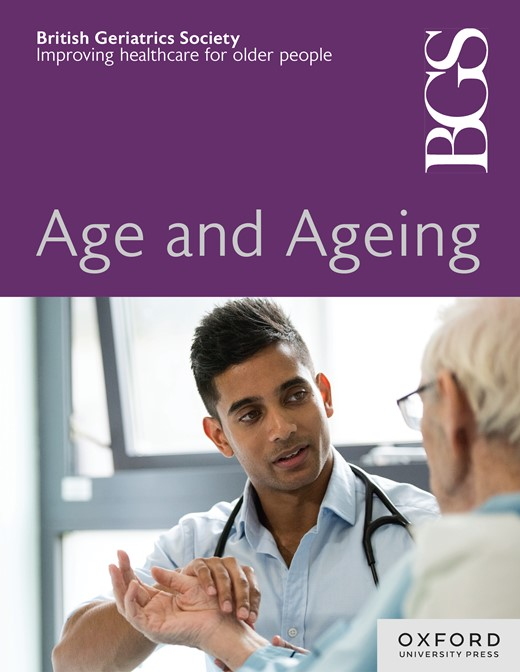Best practice in the use of middle meningeal artery embolisation for chronic subdural haematoma
IF 6
2区 医学
Q1 GERIATRICS & GERONTOLOGY
引用次数: 0
Abstract
Chronic subdural haematoma (cSDH) is a common neurosurgical disorder in older people and projected to become the most common cranial neurosurgical pathology by 2030. Incidence of cSDH has risen in recent years as a consequence of improved access to brain imaging, and the increased prescribing of antithrombotic medication for both primary and secondary prevention of vascular disease. Chronic SDH typically presents with an insidious onset of broad-ranging symptoms including impaired cognition, gait, balance and mobility, often with headache. It progresses to more fulminant symptoms of hemiplegia, dysphasia and eventually coma. Although the established standard of care for clearly symptomatic cSDH is burr hole trephination, Middle Meningeal Artery Embolisation (MMAE) has emerged as a minimally invasive treatment option for some patients with cSDH. This is a rapidly evolving field: recently published randomised control trials have provided an evidence-base supporting the use of MMAE not only as an adjunct to burr hole trephination, but also in patients in whom trephination is contraindicated, or in patients with mild symptomatology who are not considered appropriate for immediate burr hole trephination. This article provides practical, real-world guidance on current best practice based on our experience and the published evidence available to date. We use case studies and treatment algorithms from the UK’s highest volume MMAE centre to illustrate collaborative care pathways for patients with cSDH between neurosurgery, interventional neuroradiology and trauma geriatricians.应用脑膜中动脉栓塞治疗慢性硬膜下血肿的最佳实践
慢性硬膜下血肿(cSDH)是老年人常见的神经外科疾病,预计到2030年将成为最常见的颅脑神经外科病理。近年来,由于脑成像技术的改善,以及用于血管疾病一级和二级预防的抗血栓药物处方的增加,cSDH的发病率有所上升。慢性SDH通常表现为潜伏的广泛症状,包括认知、步态、平衡和活动能力受损,常伴有头痛。病情发展为更严重的偏瘫、吞咽困难,最终昏迷。虽然有明显症状的cSDH的既定护理标准是钻孔穿刺,但对于一些cSDH患者,中脑膜动脉栓塞(MMAE)已成为一种微创治疗选择。这是一个快速发展的领域:最近发表的随机对照试验提供了一个证据基础,支持MMAE不仅作为钻孔钻孔术的辅助手段,而且也用于钻孔术禁忌的患者,或症状轻微的患者,这些患者被认为不适合立即进行钻孔钻孔术。本文根据我们的经验和迄今为止已发表的证据,提供了有关当前最佳实践的实际指导。我们使用来自英国最大容量MMAE中心的案例研究和治疗算法来说明神经外科、介入神经放射学和创伤老年病医生之间对cSDH患者的合作护理途径。
本文章由计算机程序翻译,如有差异,请以英文原文为准。
求助全文
约1分钟内获得全文
求助全文
来源期刊

Age and ageing
医学-老年医学
CiteScore
9.20
自引率
6.00%
发文量
796
审稿时长
4-8 weeks
期刊介绍:
Age and Ageing is an international journal publishing refereed original articles and commissioned reviews on geriatric medicine and gerontology. Its range includes research on ageing and clinical, epidemiological, and psychological aspects of later life.
 求助内容:
求助内容: 应助结果提醒方式:
应助结果提醒方式:


